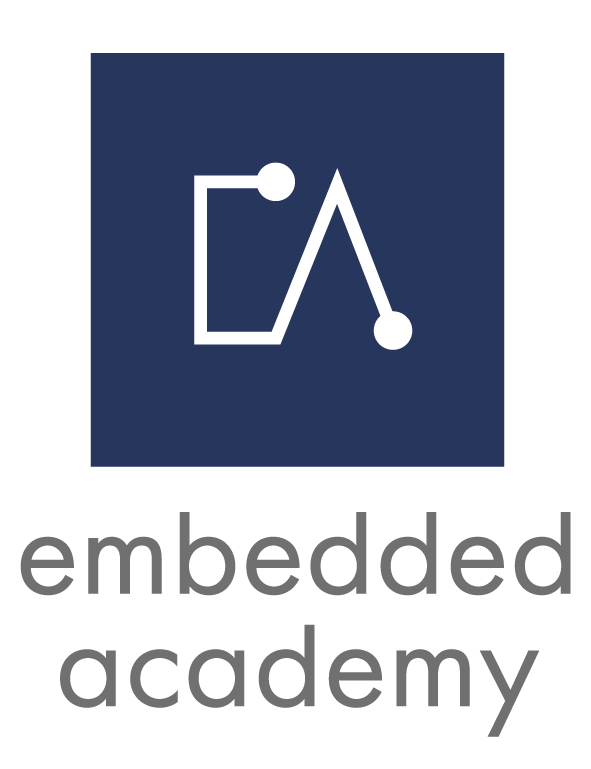E-Learning Course Vector Control
Content
E-Learning Park & Clarke Transformation (55 min)
- Edith Clarke and Robert H. Park
- The Clarke Transformation
- The Park Transformation
Target
The objective of this course is to provide the user with the basic information on vector control. This knowledge is a prerequisite for other topics, such as electrical Machines.
Hence, it is addressed to programmers as well as newcomers and career changers in electrical engineering.
Trailer
Insights
Inhalt des Kurses
What Is Vector Control?
Vector Control is a variable-frequency drive control method. With this method, a three-phase AC current is identified as two orthogonal components: one for the magnetic flux of the motor and one for the torque. This is the most efficient way to drive electrical motors. Vector Control is also called Field-Oriented Control, short FOC.
Why Is Vector Control Needed?
When Vector Control is applied, we can use PI (“proportional-integral”) controllers instead of PWM (“pulse width modulation”). This has the advantage that the motor operation over the full speed range becomes smoother. Additionally, fast(er) acceleration and deceleration of the motor is enabled. All in all, with field-oriented control more accurate motor control is possible.
How Is Vector Control Related to Embedded Systems?
Vector control is applied in many systems. A very common use case is the control of electrical machines where vector control is one feature within an embedded power electronics system.
What Do You Learn About Vector Control in the Embedded Academy E-Learning?
The course introduce the user to the basic information on vector control. This knowledge is essential for further topics, such as Electrical Machines.
Currently, an e-learning on the Park and the Clarke Transformation is available. In this e-learning, the reasons for using these transformations are discussed. By explaining the mathematical theory behind them, a solid understanding of the transformations themselves can be achieved which supports later application in practice.
You must log in and have started this kurs to submit a review.
